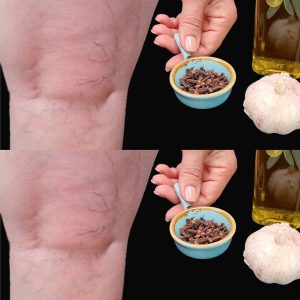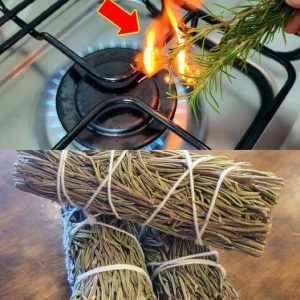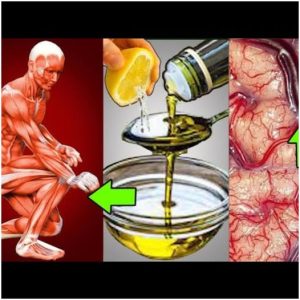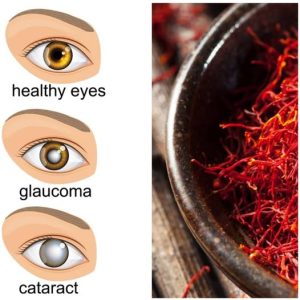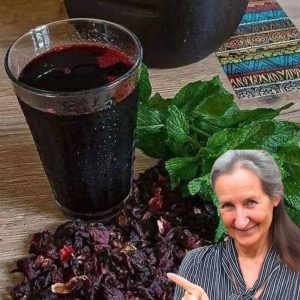Baking soda, or sodium bicarbonate, is often touted as a natural remedy for blackhead removal due to its exfoliating properties. Its fine, abrasive texture can help slough off dead skin cells, potentially unclogging pores and reducing the appearance of blackheads. Additionally, baking soda’s mild antibacterial properties may assist in preventing acne-causing bacteria.
However, it’s crucial to approach the use of baking soda on the skin with caution. Dermatologists warn that baking soda’s high alkalinity can disrupt the skin’s natural pH balance, leading to dryness, irritation, and even exacerbation of acne. Overuse can strip the skin of its natural oils, causing increased sensitivity and potential premature aging.
If you choose to use baking soda for blackhead treatment, limit its application to once a week. Mix a small amount with water to form a paste, apply it as a spot treatment, and leave it on for no more than 10 minutes before rinsing thoroughly. Always follow up with a non-comedogenic moisturizer to restore hydration. Be vigilant for any signs of redness, dryness, or irritation, and discontinue use if these occur.
For those with sensitive or dry skin, or if you’re seeking alternative treatments, consider products formulated specifically for blackhead removal. Ingredients like salicylic acid or benzoyl peroxide are effective in targeting blackheads and are generally safer for regular use. Consulting with a dermatologist can provide personalized recommendations tailored to your skin type and concerns.

